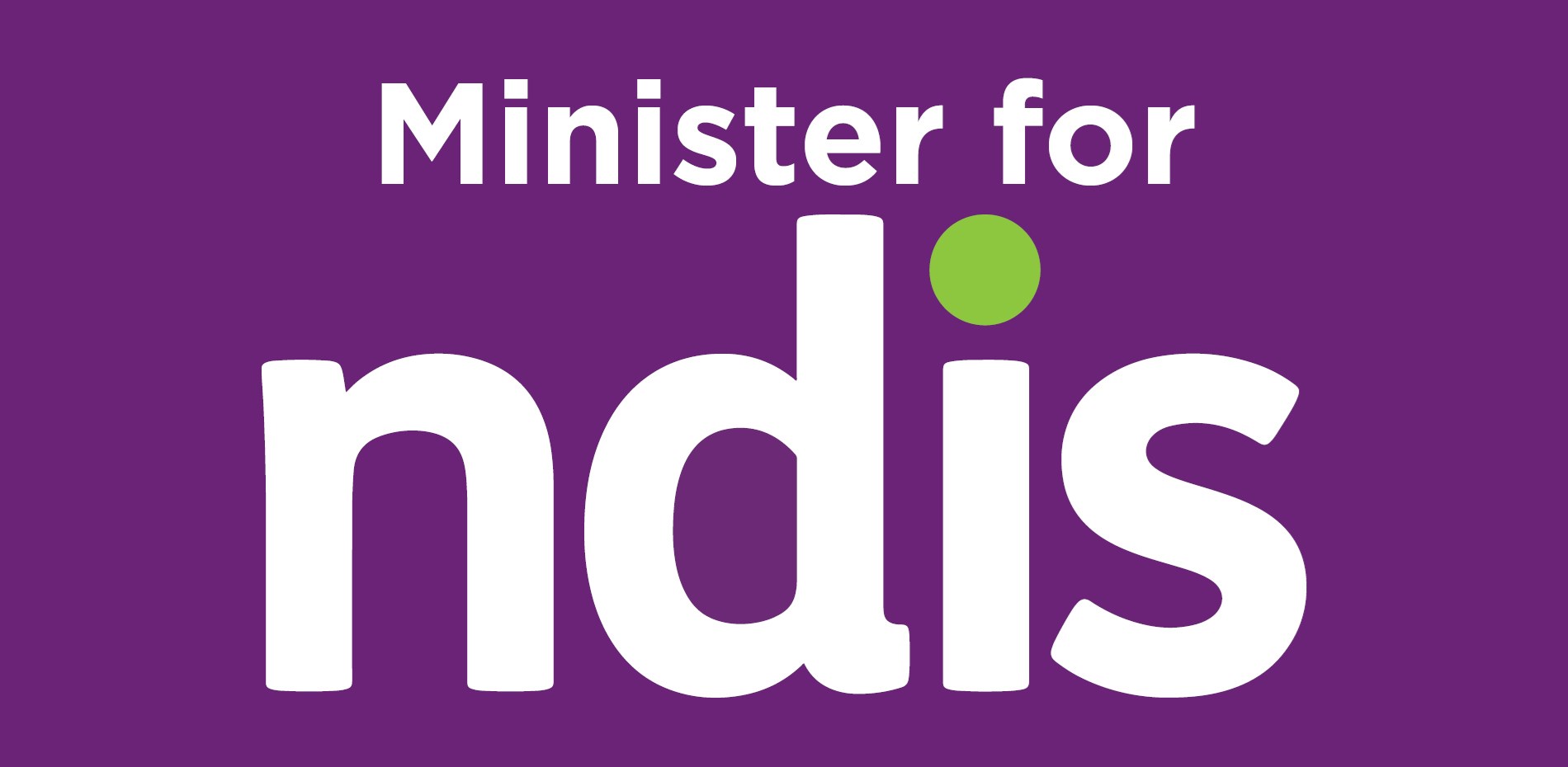The latest insight into cerebral palsy participants on the National Disability Insurance Scheme (NDIS) shows children, adults and their families were seeing a major boost to their independence, choices and social lives.
There are 34,000 Australians living with cerebral palsy and 17,334 are active participants on the National Disability Insurance Scheme (NDIS).
The NDIS insights shows:
- 80 per cent of participants aged 15 years and over with cerebral palsy said the NDIS had helped them have more choice and control, an increase of 13 percentage points compared to their first reassessment.
- 52 per cent of participants aged 15 years and over with cerebral palsy said they were actively involved in a community, cultural or religious group in the last 12 months, an increase of 11 percentage points compared to baseline.
- 73 per cent of family/carers of school children with cerebral palsy (up to 14 years of age) felt their child had become more independent, an increase of 16 percentage points compared to their first reassessment.
According to the 2023 Australian Cerebral Palsy Register (ACPR) Report Australia now has the lowest rate of cerebral palsy at birth in the world.
The ACRP report, released today, shows that that the rate of cerebral palsy has fallen 40 per cent to one in 700 children in 2023 from one in 400 just two decades ago.
In the new report, researchers analysed data from almost 11,000 children with cerebral palsy across the nation.
The Honourable Bill Shorten MP, Minister for the NDIS and Government Services, said while it was great news there was a reduction in the number of children with cerebral palsy, thousands of children, adults and their families needed NDIS support to manage the complex physical disability.
“Australia is the world leader on cerebral palsy research and it is phenomenal that the number of children being diagnosed with the disorder has been almost halved in only 20 years,” Minister Shorten said.
“However, we do not forget the ongoing day-to-day challenges that remain for people with cerebral palsy and their families.
“Nor the fact that the deficit-based approach so often adopted can cloud society’s ability to see the individual, their capability, and their myriad contributions.
“Rest assured the Labor Government understands cerebral palsy is a unique, strong community.
“We also recognise that co-diagnoses are common, meaning tailored and targeted supports are required. The NDIS was created for this very reason.
“The fact that people with cerebral palsy are living better lives because of the NDIS is a milestone to be celebrated – without the ACPR, we would not be able to track and report these important trends and show so effectively the impact of new clinical interventions and improvements.”
The ACPR was established in 2008 and has grown to be the largest database of its kind in the world. More than a dozen research and academic institutes, state health departments and health networks support the register, with Cerebral Palsy Alliance, The University of Sydney serving as the coordinating institution.
Cerebral palsy is the most common physical childhood disability and is a lifelong condition. It is caused by a brain injury in utero or shortly after birth.
In Australia there are approximately 34,000 people with cerebral palsy, which can affect a person’s posture, balance and ability to move, communicate, eat, sleep and learn.
Key NDIS cerebral palsy facts:
The primary disability count for cerebral palsy (CP) as at 30 September 2022 was 17,334 (3% of the 554,917 active participants in the NDIS). Of these:
- 58% (10,027) of participants with cerebral palsy are aged over 18 years;
- 25% (2,467) of participants with cerebral palsy aged 18 years and over are in supported independent living, compared to 10% for all participants aged 18 years and over;
- 80% of participants aged 15 years and over with cerebral palsy said the NDIS had helped them have more choice and control, an increase of 13 percentage points compared to their first reassessment;
- 52% of participants aged 15 years and over with cerebral palsy said they were actively involved in a community, cultural or religious group in the last 12 months, an increase of 11 percentage points compared to baseline; and
- 73% of family/carers of school children with cerebral palsy (up to 14 years of age) felt their child had become more independent, an increase of 16 percentage points compared to their first reassessment.
The ACPR report can be found here: https://cerebralpalsy.org.au/our-research/get-involved-research/cp-register/



